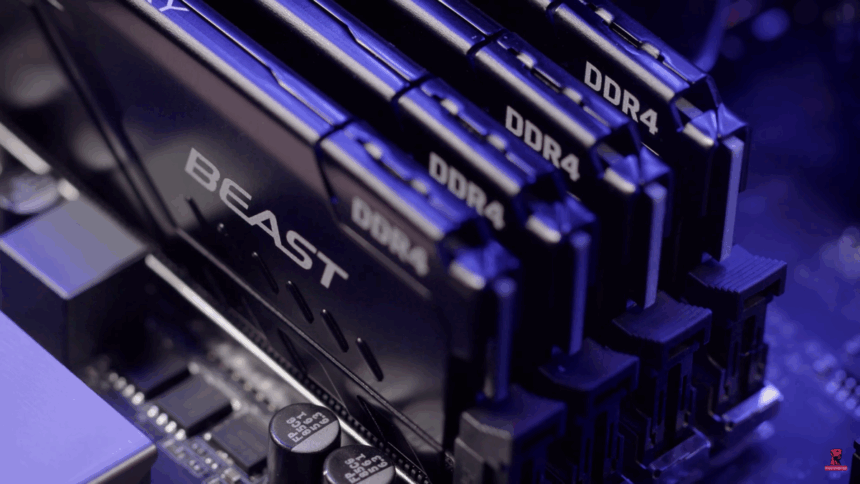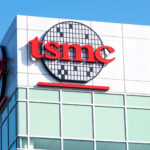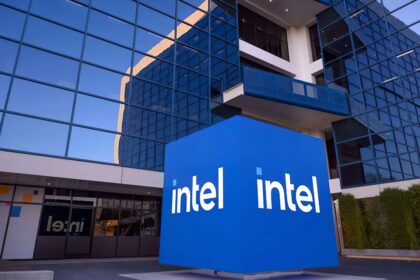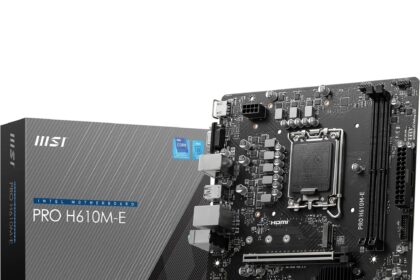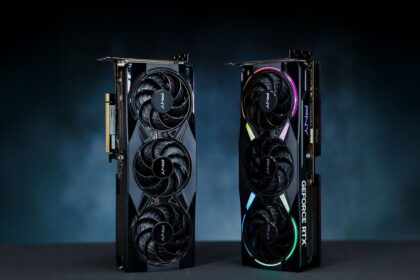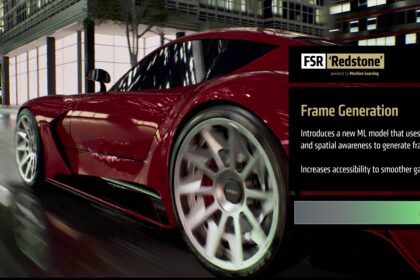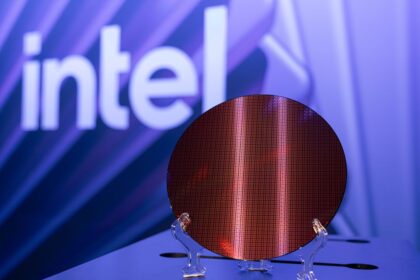The memory market is shifting, and not in a good way for those holding onto older systems. Analysts had already warned about rising DDR4 memory prices, and it’s now becoming a reality. A recent report from TrendForce shows that some DDR4 kits have jumped as much as 40% in cost, pushing prices higher than newer DDR5 modules in some cases.
Certain chips from major suppliers like Samsung and SK Hynix were seen selling for as much as $24, which is more than twice the current average for DDR5 memory. Right now, a 16GB DDR4 stick running at 3200 MHz is going for around $12.50 on average, with spikes reaching $24 depending on the manufacturer and retailer.
Meanwhile, DDR5 modules—specifically 8GB sticks rated at 4800 or 5600 MHz—are sitting comfortably lower in price. These newer RAM kits typically cost about $6 each, and even in higher-end configurations, they rarely exceed $9.
This unusual pricing flip means older memory is, in some cases, more expensive than its faster, next-gen replacement—a rare trend that could influence upgrade decisions for those still using DDR4 systems.
DDR4 Prices Climb Higher Than DDR5 for the First Time—And It’s a Growing Concern
For the first time in memory market history, older-generation DDR4 RAM is now more expensive than the newer DDR5. It’s an unexpected—and troubling—twist, especially considering how many PCs still rely on DDR4.
This shift is hitting users of AMD’s Ryzen 5000 and Intel’s 12th to 14th Gen Core processors particularly hard, as these chips are designed to work seamlessly with DDR4. Many buyers in this segment continue to look for affordable RAM upgrades, but instead of falling prices, they’re facing steeper costs.
Fueling the issue, Micron—one of the top RAM manufacturers—recently announced plans to wind down DDR4 chip production by the end of 2025, with full shutdowns expected in early 2026. Samsung has already made similar moves. As both companies scale back, supply will tighten, and prices could climb even higher.
The industry’s attention has firmly shifted to DDR5, introduced in late 2021, and to high-bandwidth memory (HBM), which is in strong demand due to the explosive growth of artificial intelligence. Nvidia’s AI-focused GPUs, in particular, are driving up the need for HBM chips, and manufacturers are prioritizing production accordingly.
With DDR4 supply drying up and attention turning elsewhere, anyone still relying on this older memory standard might want to upgrade sooner rather than later—before prices rise even more or availability dries up entirely.

